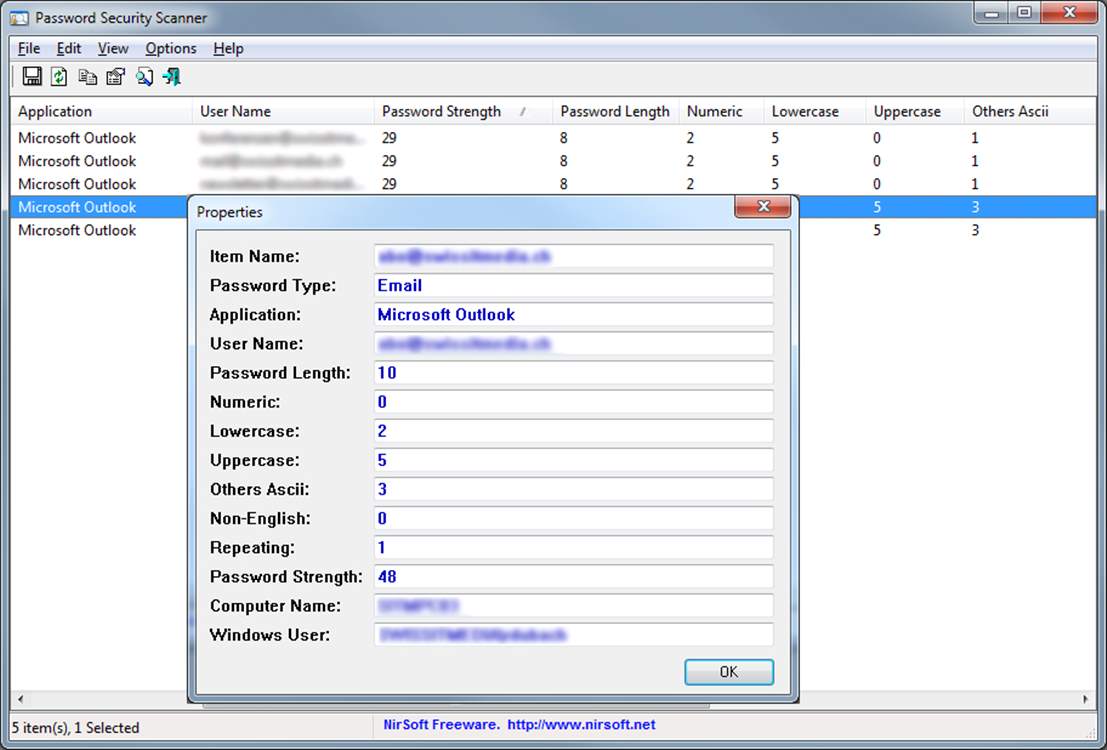This brief tutorial shows students and new users how to easily install KeyWeb password manager on Ubuntu 20.04 | 18.04.
KeeWeb is a free, cross-platform password manager that is compatible with KeePass. It helps you store your password online as well as offline securely.
With KeeWeb, you can sync your password automatically with popular cloud services, including OneDrive, Google Drive, Dropbox and many others.
It supports multiple features, including user-friendly desktop interface, multiple themes, multiple files supports, drag n’ drop, password generator and more.
To get started with installing KeeWeb, follow the steps below:
Prepare Ubuntu
Before installing KeeWeb on Ubuntu, run the commands to install required and recommended packages.
KeeWeb joins the club of apps running natively on Apple Silicon macs, which is faster and future-proof. The build can be downloaded on keeweb.info. KeeWeb is a free, open-source password manager compatible with KeePass. The goal of the project is to have a free password manager with polished design that works right in your browser without the need to install anything. The freedom of KeeWeb can be seen from different angles.
After running the command above, continue below to installing KeeWeb.
Install Docker

Now that you’ve installed the recommended packages above, continue below and install Docker.
Docker is required to run KeeWeb. For this post, we’re going to be installing Docker CE (Community Edition).
First add Docker repository key to your system by running the commands below:
Then run the commands below to add Docker repository
Next, run the commands below to install Docker CE.
Keeweb Download
To validate that Docker is installed run the commands below:
That should display the Docker version installed.
To run Docker as a non-root user, add your user account to Docker’s group by running the commands below:
You may also want to restart your machine just to be sure.
Install KeeWeb
Now that Docker is installed, run the commands below to get KeeWeb packages from git repostory.
Next, run the commands below to download all neccessary docker packages that are required to run KeeWeb.
Then run the commands below to create a container for KeeWeb from the downloaded image and expose it on port 80.
You can check that the container is running by running the commands below:
That should display similar lines as below:
Access KeeWeb
Now that KeeWeb is installed, browse to the server hostname or IP address to load KeeWeb portal.
You can now begin entering your secure password entries. Click the Plus ( + ) to start.
Then click New to create a new file entry.
That should do it!
Conclusion:
This post showed you how to install KeeWeb Password Manager on Ubuntu. If you find any error above, please use the form below to report.
You may also like the post below:
This webapp is a browser and desktop password manager compatible with KeePass databases. It doesn't require any server or additional resources.The app can run either in browser, or as a desktop app.
Quick Links
Apps: Web, Desktop
Timeline: Release Notes, TODO
On one page: Features, FAQ
Website: keeweb.info
Twitter: kee_web
Donate: OpenCollective, GitHub
Status
The app is quite stable now. Basic stuff, as well as more advanced operations, should be rather reliable.

Self-hosting
Everything you need to host this app on your server is any static file server. The app is a single HTML file + a service worker (optionally; for offline access).You can download the latest distribution files from gh-pages branch.
Keeweb Review
If you are using Docker:
- put your dh.pem, cert.pem, key.pem to /etc/nginx/external/
- run this script:
To make Dropbox work in your self-hosted app, go to this Wiki page.
Building
The easiest way to clone all KeeWeb repos is:
The app can be built with grunt: grunt (html files will be in dist/).
Desktop apps are built with grunt desktop. This requires some magic and currently works only on CI,you can find more details in the GitHub Actions workflow.
To run the desktop (electron) app without building an installer, build the app with grunt and start it this way:
For debug build:
- run
npm run dev - open
http://localhost:8085
To build desktop apps, use these goals, the result can be found in tmp:

Contributing
Please read contribution guidelines for pull requests.
Here's a list of issues where your help would be very welcome.Also you can help by translating KeeWeb to your language.
Other ways of contribution can be found on this page.
Important notes for pull requests
- please branch from
develop, notmaster - don't edit translation files except base.json, they will be replaced
Donations
KeeWeb is not free to develop. It takes time, requires paid code signing certificates and domains.
You can help the project or say 'thank you' with this button:
You can also sponsor the developer directly on GitHub.
Please note: donation does not imply any type of service contract.
Keeweb Vs Bitwarden
Thank you
Notable contributions to KeeWeb:
- Florian Reuschel (@Loilo): German translation
- Dennis Ploeger (@dploeger): auto-type improvements
- Hackmanit (hackmanit.de): penetration test
- Peter Bittner (@bittner): Wikipedia article
Keweblekop Happy Wheels
License
